Review: Redmi Note 11
Every year, the Redmi Note series is one of the most successful smartphone series in the budget and mid-range segment. Every year Xiaomi goes a step further and lets the Redmi Note series shine with a new look and partly new technology.
This year we have arrived at the Redmi Note 11 series, which does not make a (technical) leap in comparison to the previous year's series, but definitely builds on the success.
Redmi Note 11: design and finish
I would assign the Redmi Note 11 to the “elegant cheap home” category. You don't see the price of 159 euros on the smartphone. Smartphones in slightly higher price ranges do not necessarily look better, which also shows that the Redmi Note 11 and the more expensive Redmi Notes 11S put in the same housing.
When it comes to design, Xiaomi relies on more edges. The gently sloping case frame and the rounded corners give the Redmi Note 11 a look that somewhat emulates Apple's current iPhone series. Instead of metal, plastic is used almost entirely. Both the frame and the back are made of it and are responsible for the light weight of only 179g. Only the side control buttons are made of aluminum.
I am particularly impressed by the size of the smartphone. Measuring just 159,87 x 73,87 x 8,09mm, it's one of the more compact devices these days. In terms of colour, you have the choice between “graphite grey”, “star blue” or “twilight blue”. The back of my test device is kept in plain "graphite grey". An elegant color with no frills. The two shades of blue are a bit more playful.
Handfeel and workmanship are impressive. Thanks to the flat frame, the smartphone is easy to hold. The matte plastic back doesn't feel slippery at all, but it does pick up fingerprints very quickly. The same applies to dust, which likes to settle on the edges of the camera hump and dampens the appealing look a little.
Redmi Note 11: Screen
Xiaomi had already installed an AMOLED display in last year's Redmi Note 10, after LCD dot displays were used in Xiaomi's budget range for a long time. Now they've gone a step further and given the Redmi Note 11 a 6,43-inch AMOLED display with a 2400 x 1800 pixel resolution (409 PPI) and 90 Hz refresh rate.
The 90 Hz refresh rate ensures that the visual impression is particularly fluid. The higher refresh rate is particularly noticeable when scrolling through the menus quickly. Overall, the display appears "smoother" and the trailing effect is reduced. By default, the Redmi Note 11 is set to 60 Hz. However, the 90 Hz was activated in no time at all via the display setting. The only disadvantage: The battery consumption can theoretically be a bit higher and not every app supports the high refresh rate. There is no adaptive adjustment of the refresh rate.
The AMOLED display cuts a fine figure in everyday use. The colors are crisp, the black level is rich and the display is pin-sharp due to the high dot density of 409 PPI. The maximum display brightness is excellent and enables good readability outdoors. Only the slightly reflective display glass and the automatic brightness adjustment, which sometimes darkens too much, have to be criticized. Different viewing angles do not affect the display or legibility.
Let's take another look at the display settings. There, the dark mode (dark mode) can be activated manually or according to a schedule, there is a reading mode that filters blue light and advanced settings for the color scheme. Color scheme settings include Vivid, Saturated, and Standard presets. In addition, the color temperature can be adjusted using a color wheel or in the "Standard", "Warm" and "Cool" modes.
Redmi Note 11: performance
The Redmi Note 11 is one of the first smartphones to use the Qualcomm Snapdragon 2021 mobile platform, which will be presented at the end of 680. The chip is manufactured using the 6nm process, offers an 8-core CPU that clocks at up to 2,4 GHz and an Adreno 610 GPU.
Cellular support is limited to 4G LTE. You can choose between 4+64 GB, 4+128 GB or 6+128 GB for storage. The RAM is of the LPDDR4X type, the internal data storage is of the UFS2.2 type. The data memory can be expanded using a microSD memory card.
As expected, the Redmi Note 11 places in the lower places of current smartphone rankings in the benchmarks. If you compare the AnTuTu score of the Redmi Note 11 with that of last year's Redmi Note 10 (Snapdragon 678), it is even slightly below the predecessor.
- AnTuTu
- 3DMark
- Geekbench
Comparing the Snapdragon 680 to the Snapdragon 678 is good proof that a "bigger number" doesn't always mean "more power". In fact, the Snapdragon 680 hides a small performance downgrade. Slower Kryo 460 cores are used instead of Kryo 265 cores. The Snapdragon 680 of the Redmi Note 11 compensates for the performance difference that is noticeable in benchmarks but not in everyday life with higher efficiency (6nm vs. 11nm), a better image processor and support for 90 Hz displays.
With normal usage, the performance of the Redmi Note 11 feels good. Navigating through the menus is largely smooth and without major hitches. Apps load in an acceptable short time and remain active for a long time despite the low working memory. Starting a mobile game like PUBG and switching to Chrome during the match, then to WhatsApp and back to PUBG works fine.
Most demanding mobile games (PUBG, Asphalt and Co.) can be played smoothly on a low level of detail. There is no abnormal heat development including performance drops under full load.
Redmi Note 11: user interface
The Redmi Note 11 series is the first Xiaomi smartphone range to ship with the new MIUI 13. MIUI 13 is still based on Android 11, but will be updated to Android 12 in the coming months.
The innovations of MIUI 13 mainly take place in the background. Mention should be made of performance improvements through optimized background processes and more efficient use of memory. "Floating windows" for simplified multitasking or a "lite mode" that reduces visual flourishes and enlarges fonts are some of the features MIUI 13 has to offer.
What spoils the overall impression of MIUI 13 are the numerous third-party apps that are preinstalled ex works. I could count 20 apps in total. In-house Xiaomi apps and Google apps excluded. Of course, the apps can be uninstalled. It's still annoying!
Otherwise, the Xiaomi operating system supports all Google services and is Widevine L1 certified. This means that content from streaming providers such as Netflix or Prime Video can be streamed in full HD.
Redmi Note 11: Camera
Let's get to the camera equipment. Xiaomi doesn't dare to experiment here and uses the 11 MP Samsung S50KJN5 image sensor with f/1 aperture as the main camera for the Redmi Note 1,8. The same is used in the Redmi 10, which is in the same price range.
The other sensors also reveal an amazing similarity to the camera equipment of the Redmi 10. There is an 8 MP wide-angle camera with a 118° wide angle and f/2,2 aperture and two 2 MP “gap filler sensors” with an f/2,4 aperture. One can assume that Xiaomi has the complete camera setup of the Redmi 10 (Click here for the test) simply transferred to the Redmi Note 11.
main camera
I didn't get really warm with the main camera of the Redmi Note 11. Backlit shots quickly push the camera to its limits and the limited dynamic range becomes apparent. Shadows are drowning, lights are partly eaten up. The automatic HDR mode only helps to a limited extent here.
Somehow the exposure metering doesn't tick as it should. The main camera does not find an acceptable compromise between light and dark, and photos taken in bright sunshine are far too dark. Despite the identical sensors, the Redmi 10 delivers the better results. So one can hope that Xiaomi will improve the software here.
But there are also good aspects of the Redmi Note 11 main camera. The autofocus focuses quickly and precisely, the color reproduction looks natural and the level of detail is appropriately high for the price range.
Don't have too high expectations of the recording quality under poor lighting conditions. The level of detail is reduced, the blurriness increases and the color intensity visibly decreases at the same time.
Unfortunately, the night mode does not help. Although the picture dynamics are slightly increased by brightening the dark part of the picture, this does not improve the reproduction of details.
- Without night mode
- With night mode
Ultra wide angle
The ultra-wide-angle camera delivers acceptable shots considering the price range. In terms of image sharpness and level of detail, there are definitely better wide-angle cameras. If you look at the recordings on the big screen, everything looks a bit lacking in detail and muddy. For the small screen, however, the recordings are completely sufficient.
- without wide angle
- with wide angle
A big advantage over the main camera is the image dynamics, which are much more consistent. There are no unsightly distortions at the edges.
Other sensors and recording functions
You can ignore the macro camera. Detailed macro shots are not possible with it. Rather, the camera is a gap filler that beautifies the data sheet.
Bokeh and portrait shots are reasonably good. For the most part, people and objects are neatly separated from the background. The blur effect is pleasantly soft. The blur effect can also be adjusted via image processing.
The Redmi Note 11 records videos in a maximum of 1920 x 1080 pixels at 30 frames per second. The recordings are stabilized using electronic image stabilization (EIS). A continuous switch to the wide-angle camera does not work. The video quality does not change rudder of the main camera, which is to be criticized.
These and other images are available in full resolution here ready for download.
Redmi Note 11: connectivity
Mobile
The Snapdragon 11's X680 LTE modem supports the cellular frequencies that are common in this country, VoLTE and VoWiFi. The connection to the mobile network is stable and calls can be made with good voice quality. The SIM card slot can be equipped with two nano SIM cards. The memory expansion option is not lost through the use of dual SIM.
Wi-Fi and Bluetooth
In the WLAN, the Redmi Note 11 supports the common IEEE 802.11 standards up to 802.11ac. WiFi 6 is still not available - just budget smartphones. The transfer rate is reasonably high in both directions and the connection is very stable. Bluetooth is available in version 5.0.
GPS and sensors
In terms of positioning, there is nothing to complain about. The Redmi Note 11 navigates safely from A to B. The smartphone can communicate via GPS and the other satellite navigation systems GLONASS, BDS and Galileo. But the Redmi Note 11 also navigates safely through town and country on foot. An e-compass makes it possible.
Otherwise, there is an IR blaster in addition to the conventional smartphone sensors. Televisions with infrared receivers can be controlled in this way. The matching Mi remote control app is already pre-installed. NFC for mobile payments (keyword: Google Pay) depends on the respective country version. The Redmi Note 11 tested here does not have NFC. With the German version, however, one can assume that NFC is available.
Fingerprint scanner
Xiaomi has integrated it into the power button on the right. Unlocking the smartphone works well and quickly.
Audio
The stereo speaker leaves a positive impression. Music sounds from above and below from the smartphone. The volume is high and the sound is pleasantly balanced. Annoying distortions or shrill tones do not occur even at the highest volume.
Xiaomi has also thought of a 3.5 mm headphone jack. Headphones connected via Bluetooth benefit from aptX if the headphones support the high-resolution audio codec. Connecting headphones via USB-C also works.
Redmi Note 11: battery
The battery of the Redmi Note 11 is positive. It has a generous capacity of 5000 mAh and even supports 33 watts of fast charging.
The 90 Hz display is no break for a long runtime. The normal user who uses his smartphone for telephony, WhatsApp, web browsing and social media can easily get a two-day runtime. But even intensive smartphone users can certainly get through the day. A full charge took about 65 minutes in the test.
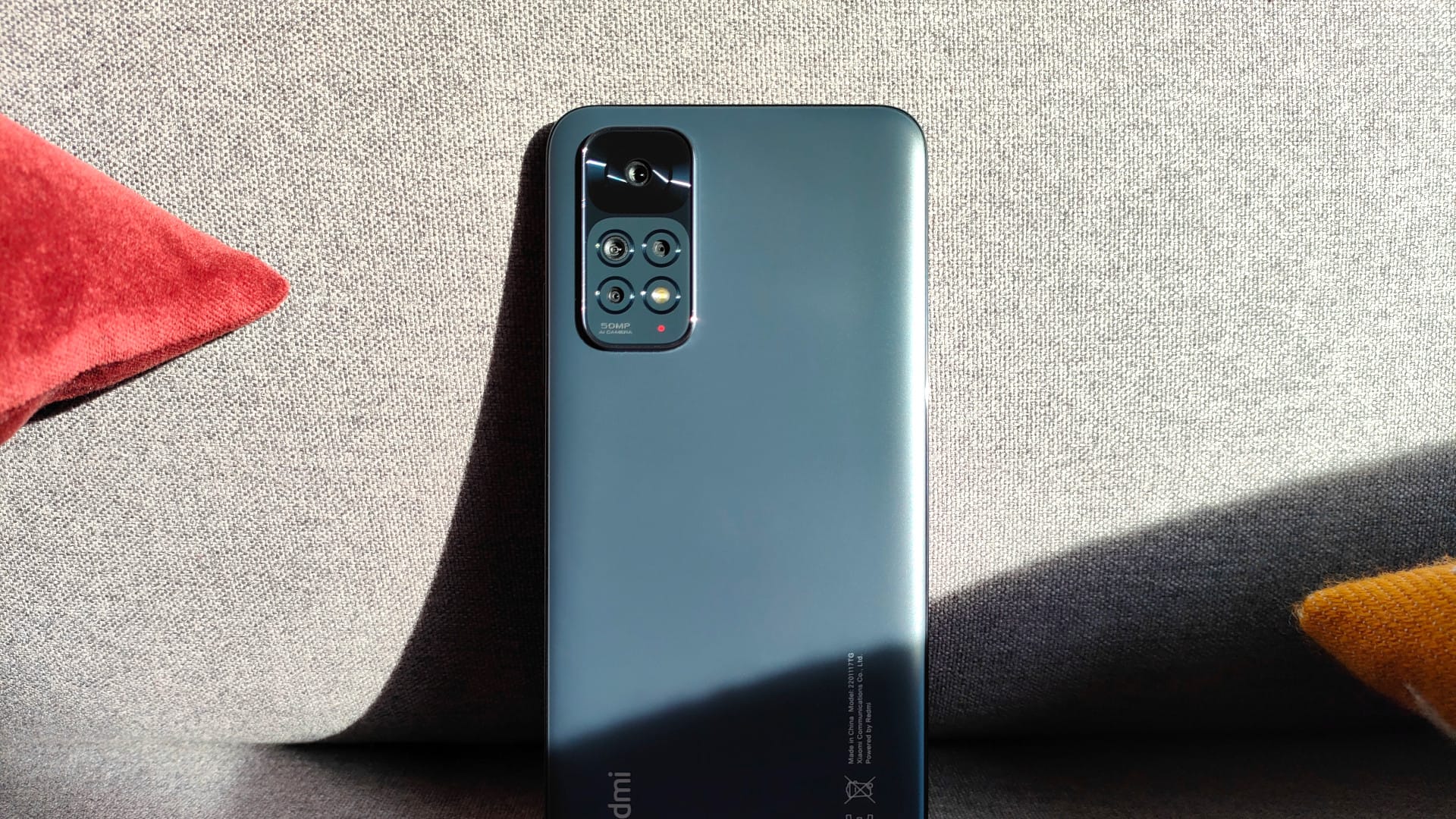
Redmi Note 11
Chic design and good workmanship
AMOLED display with 90 Hz refresh rate
Good everyday performance
Dual SIM + microSD
MIUI 13 user interface
Good cell phone reception (4G, VoLTE, VoWiFi)
NFC for contactless payment (EU version)
Precise navigation
Powerful stereo speaker
Good battery life and 33W fast charging
Prone to dirt
Automatic brightness adjustment darkens too much
Processor downgrade to predecessor
Main camera with exposure problems
The smartphone market is fast-moving and manufacturers are trying to outbid each other in terms of price and features almost every week. Today it is Xiaomi who, with the Redmi Note 11, have introduced a smartphone with a 90 Hz AMOLED display into the price range under 200 euros for the first time.
The display is the decisive point that gives the Redmi Note 11 its raison d'être, because otherwise the budget smartphone offers only a few innovations compared to its predecessor. Rather, it's even a small performance downgrade, considering the slightly weaker Qualcomm Snapdragon 680, which places itself below the Snapdragon 678 of the Redmi Note 10 in benchmark tests. In everyday life, however, this has no significant effects. The Redmi Note 11 presents itself pleasantly fast there, although not every mobile game can be played smoothly in high details.
There is room for improvement in the recording quality of the main camera. Xiaomi does not yet have the 50 MP sensor completely under control in terms of software. Pictures taken in bright sunshine are sometimes very dark and there is a visible lack of dynamics. It remains to be seen to what extent Xiaomi will improve this with a software update.
The battery life is all the more positive. Despite the 90 Hz display, a normal user can run for more than 2 days. On top of that, there is a 33W quick charge function that fully charges the smartphone in 65 minutes.
Buy Redmi Note 11? If you are looking for a well-equipped smartphone for as little money as possible, which is particularly good in terms of display, connectivity and battery, the Redmi Note 11 is a good choice.

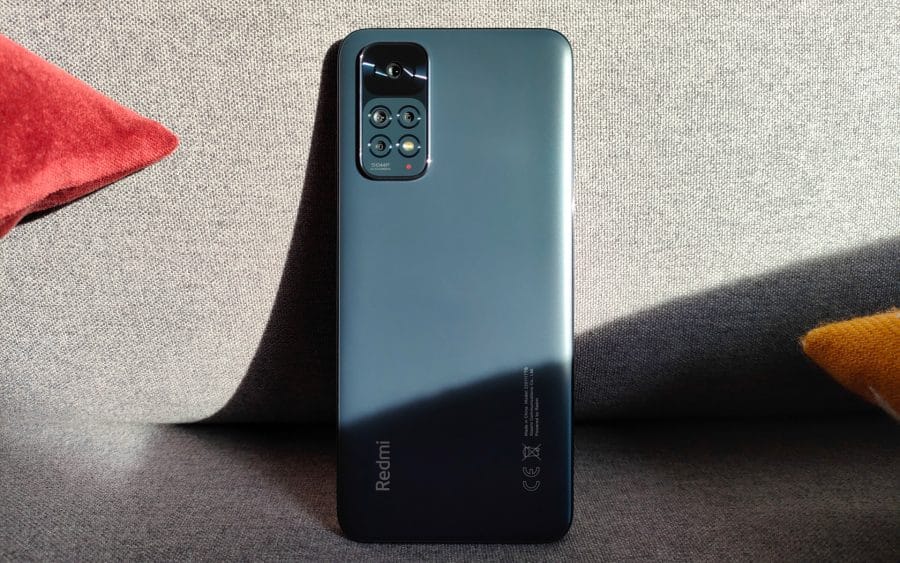
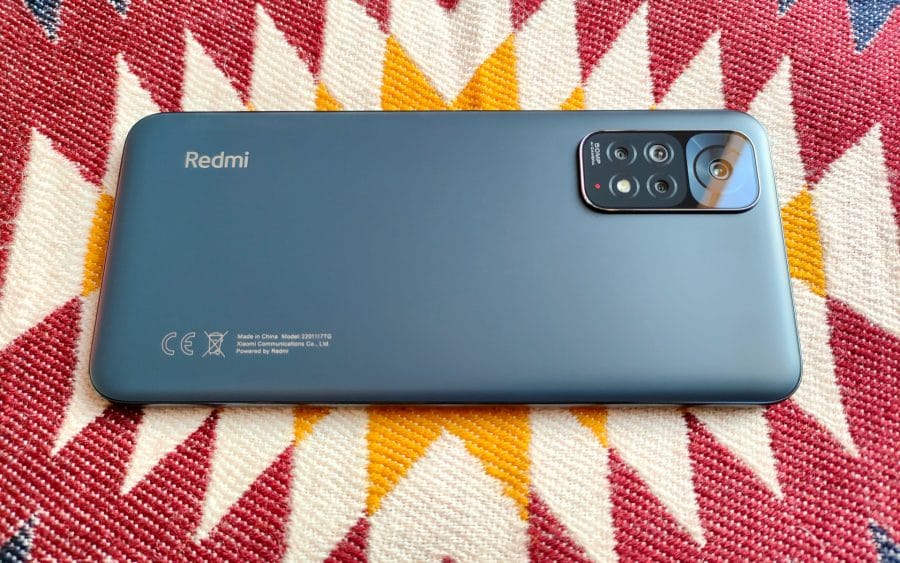
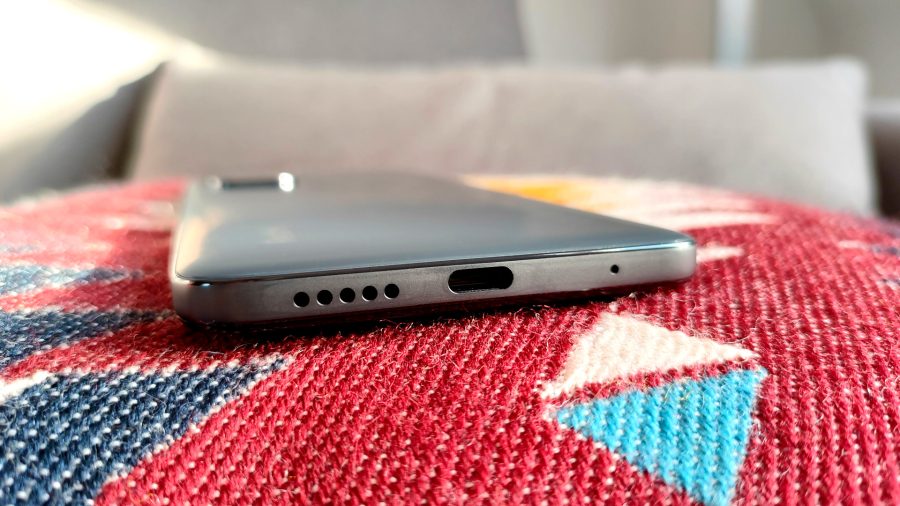
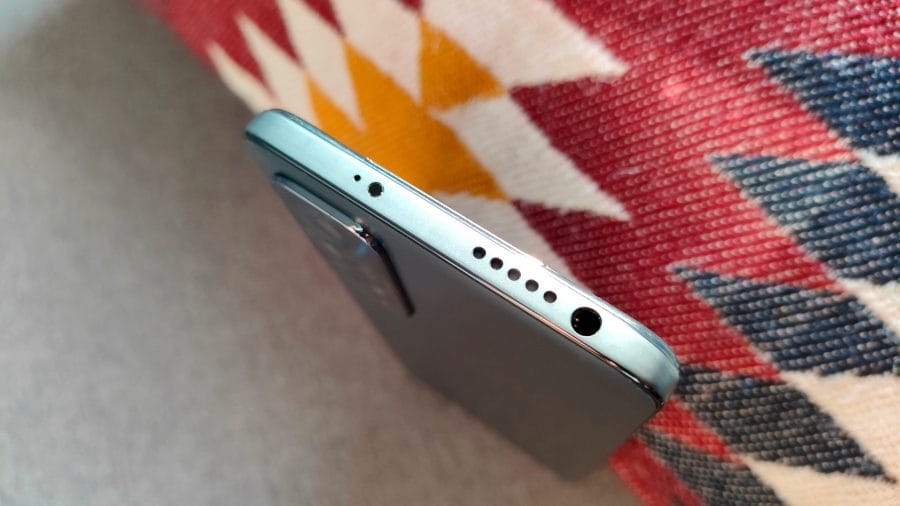
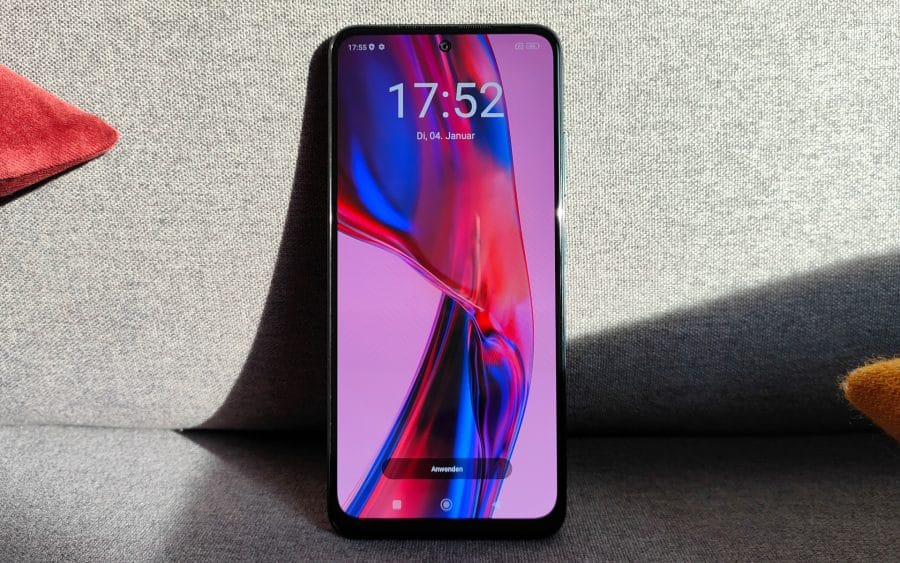
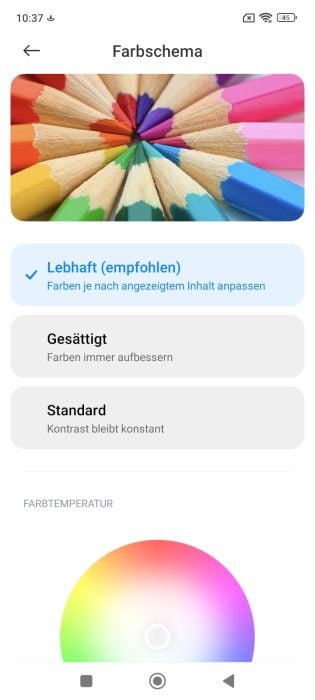
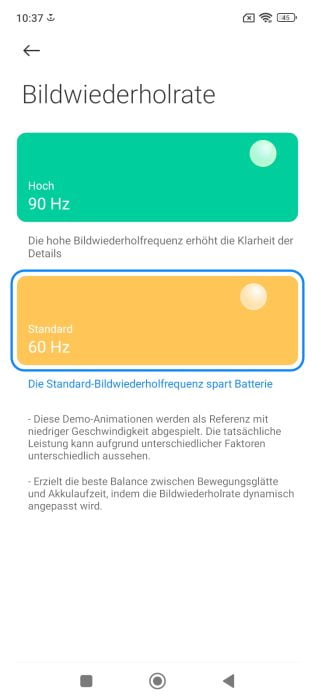
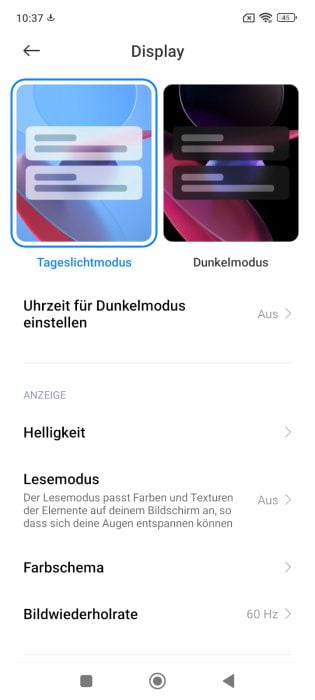
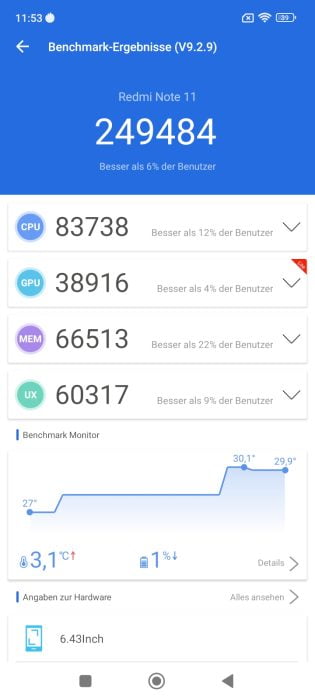
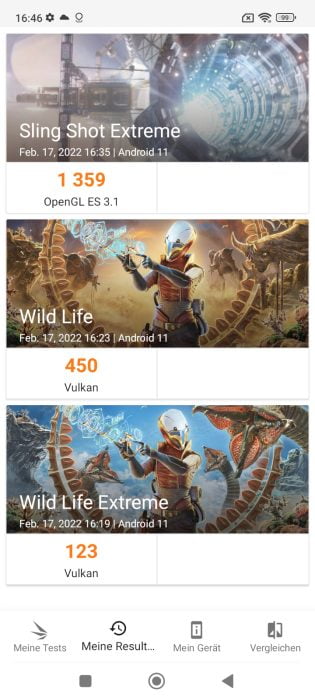
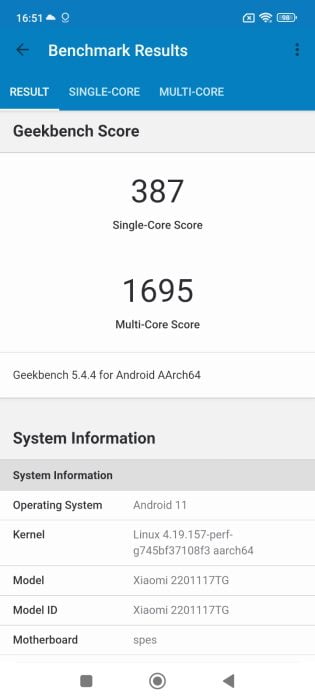
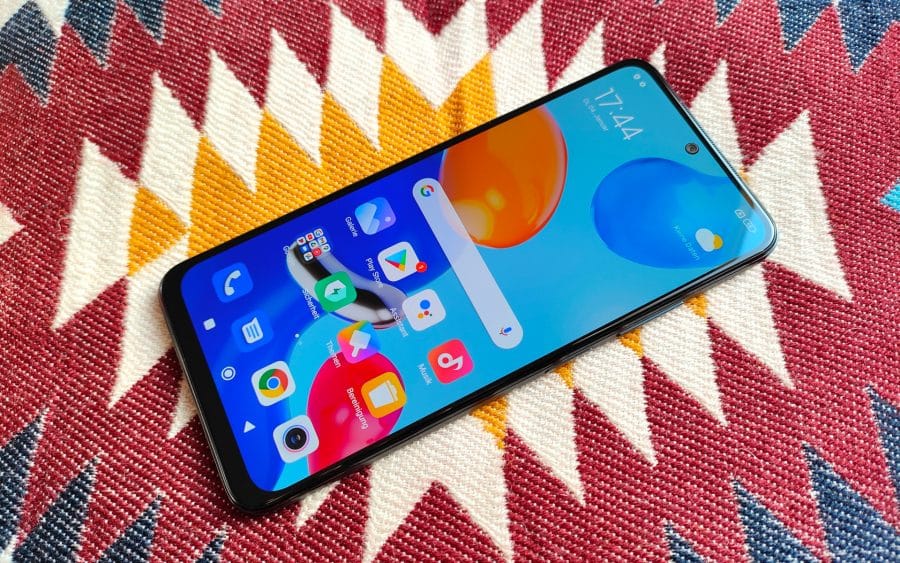
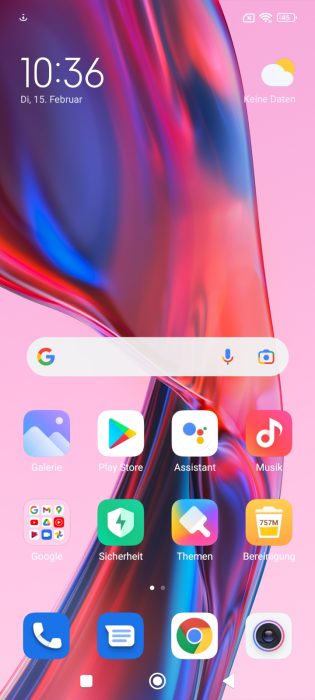
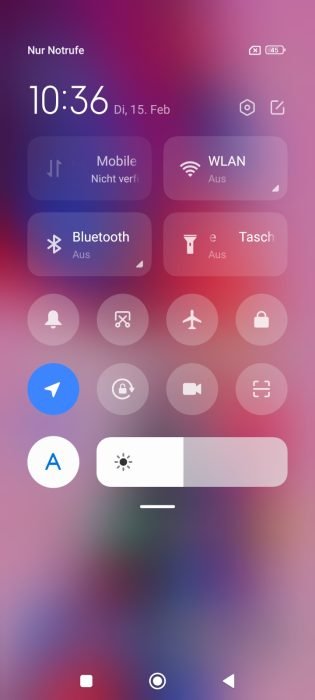
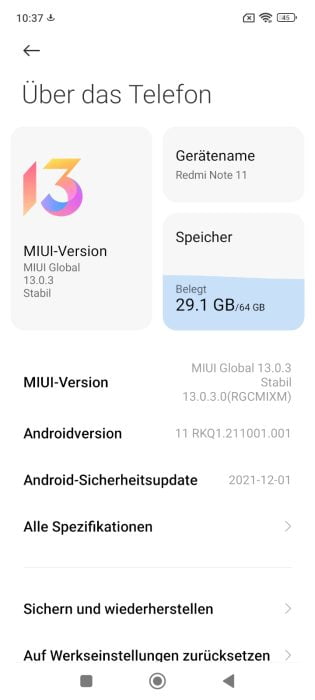
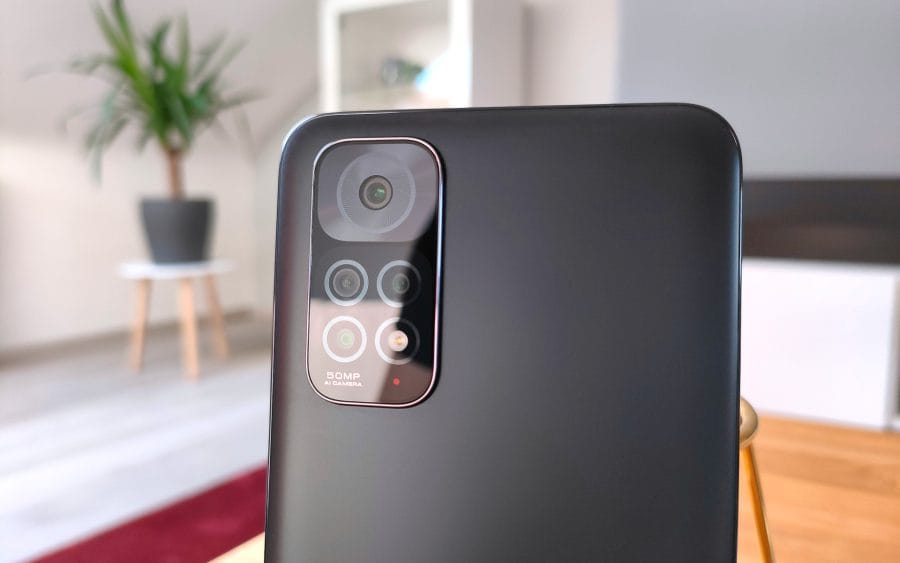

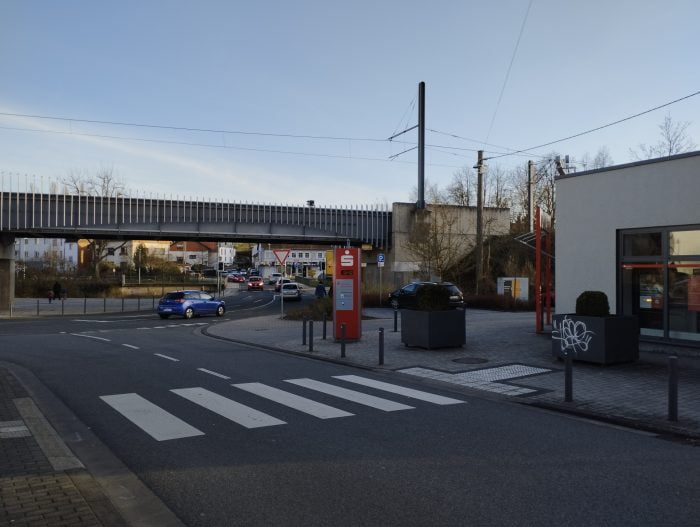
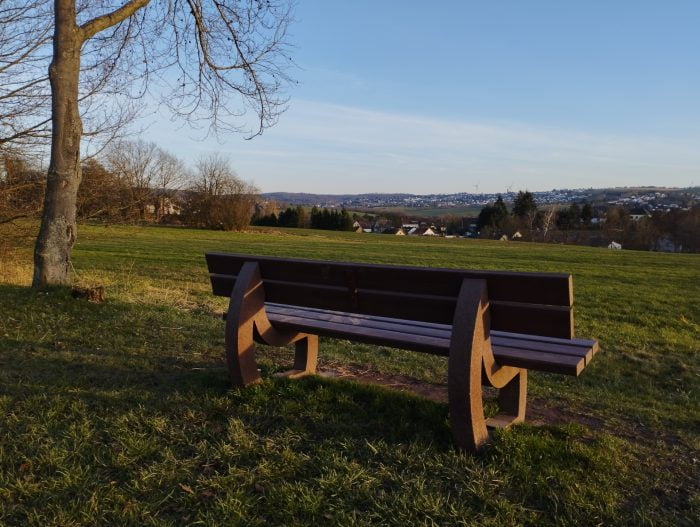
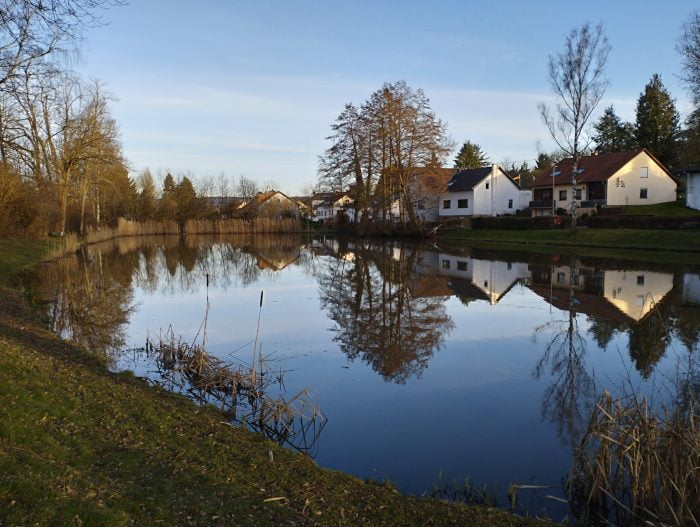
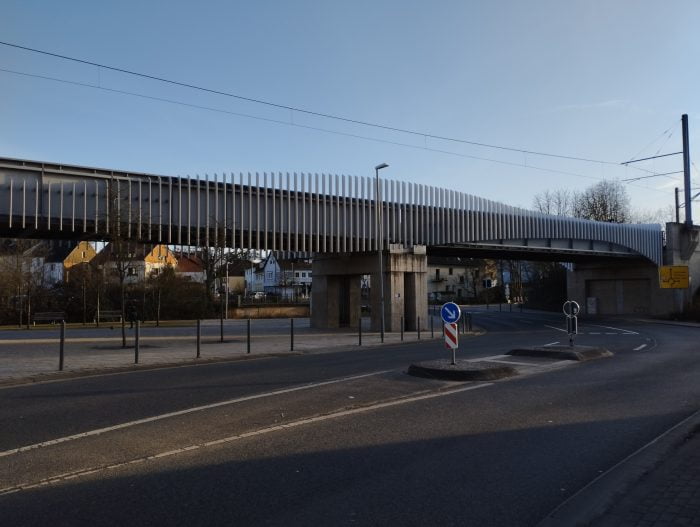
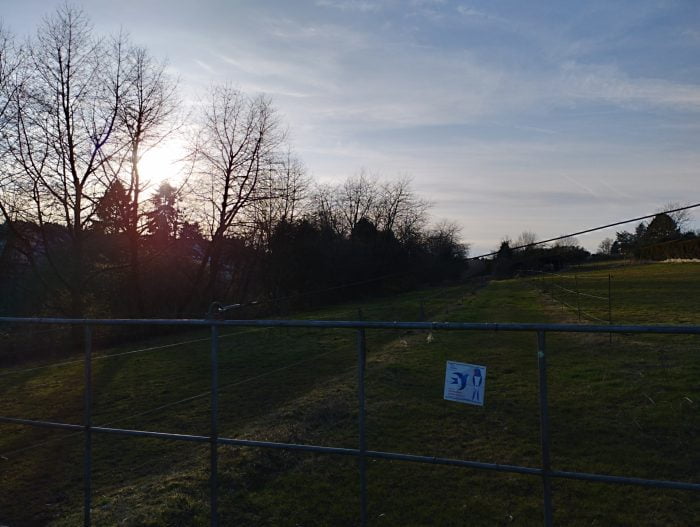
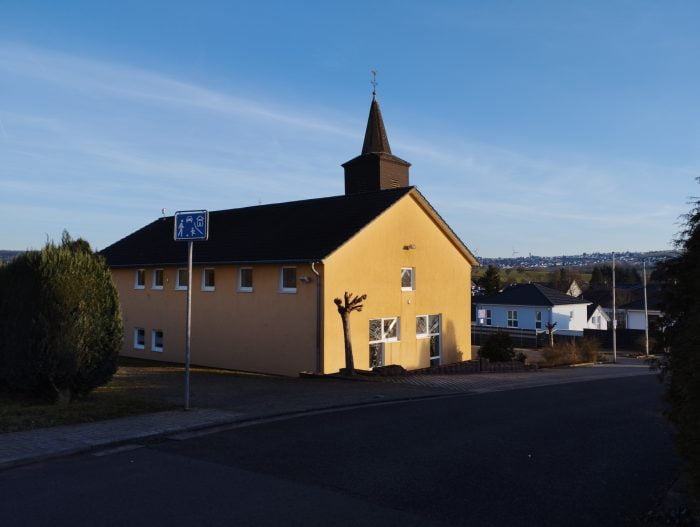

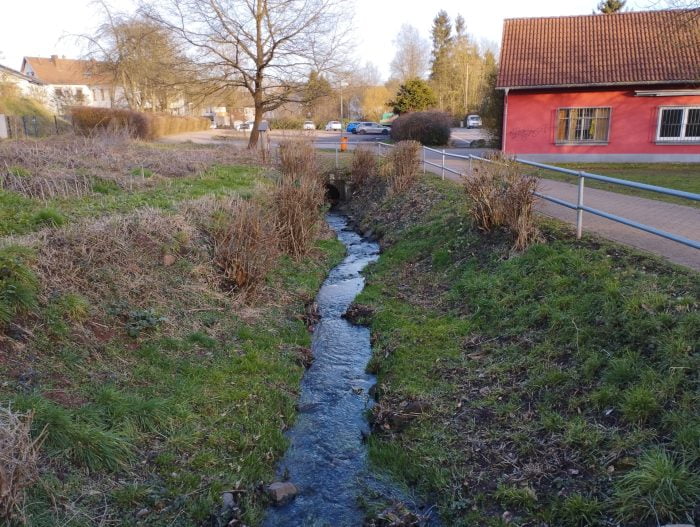

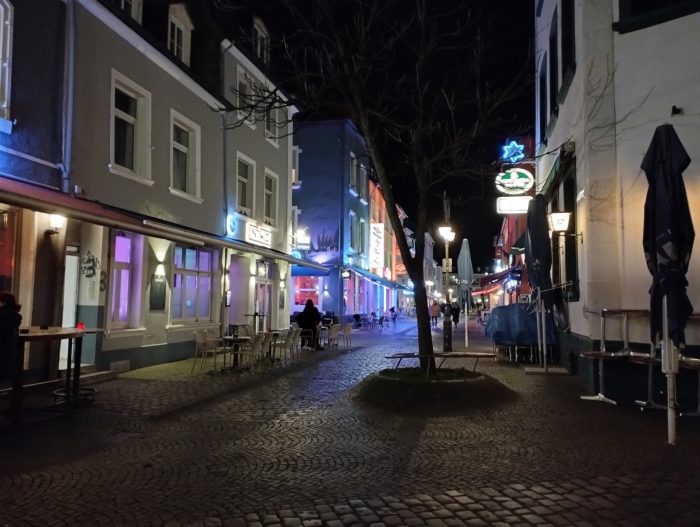
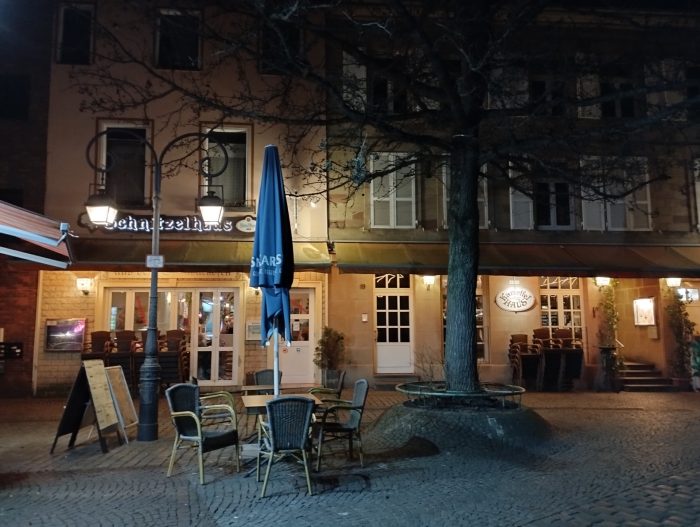
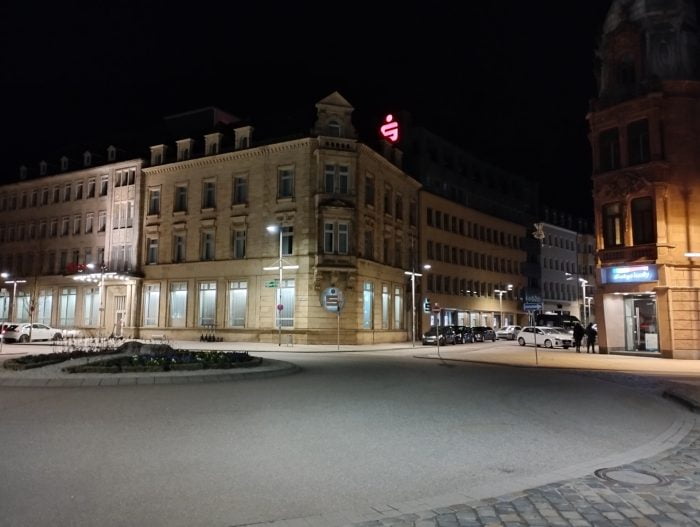


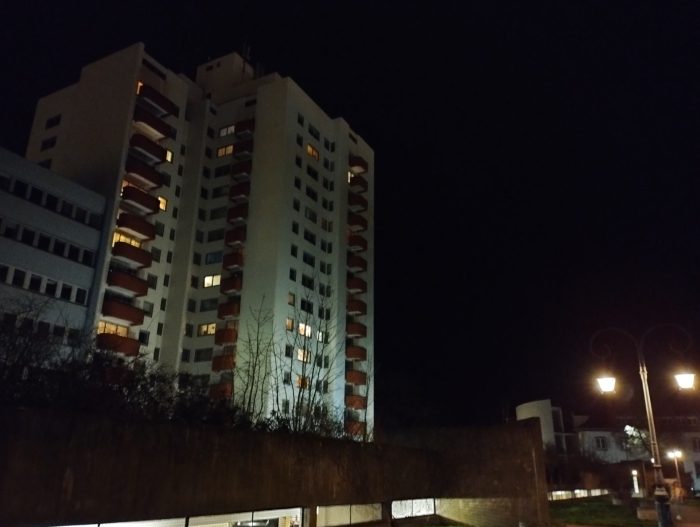
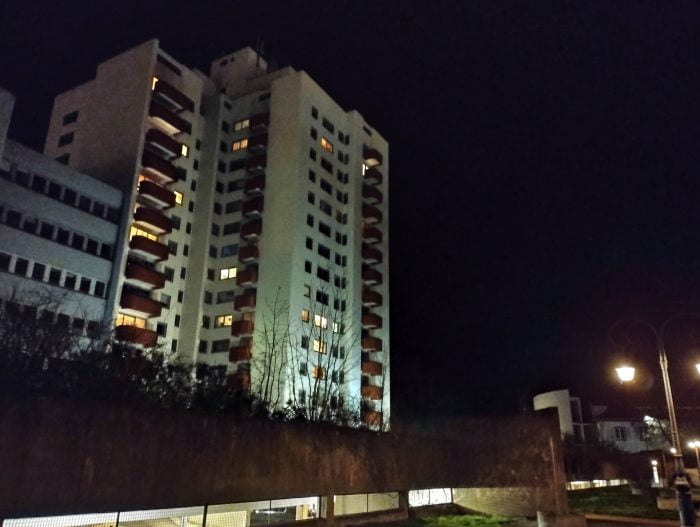
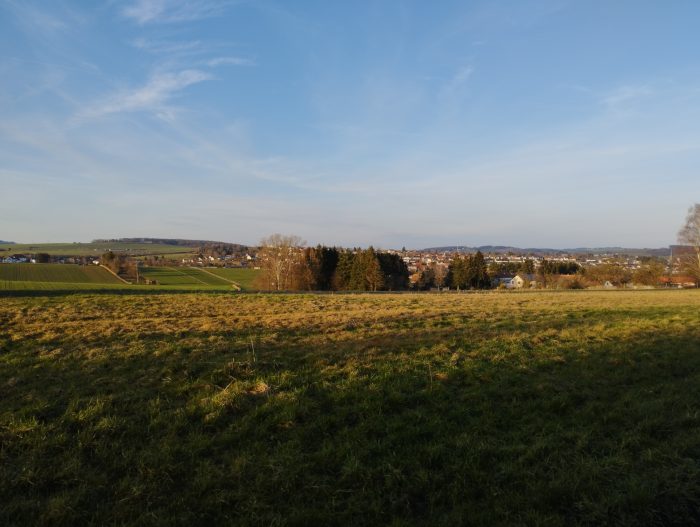
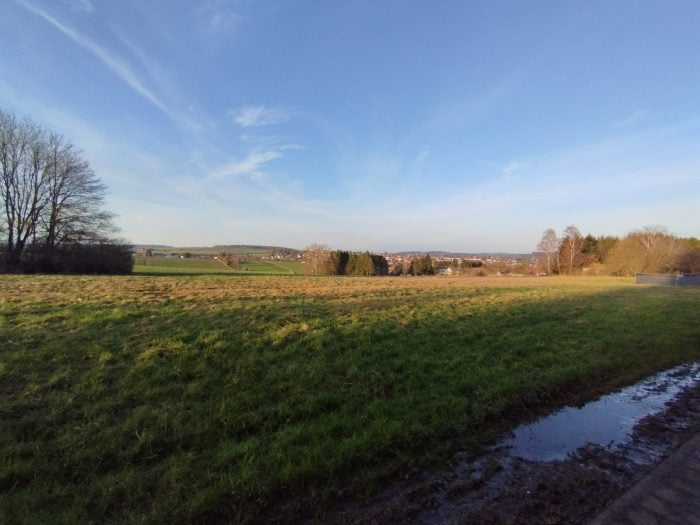

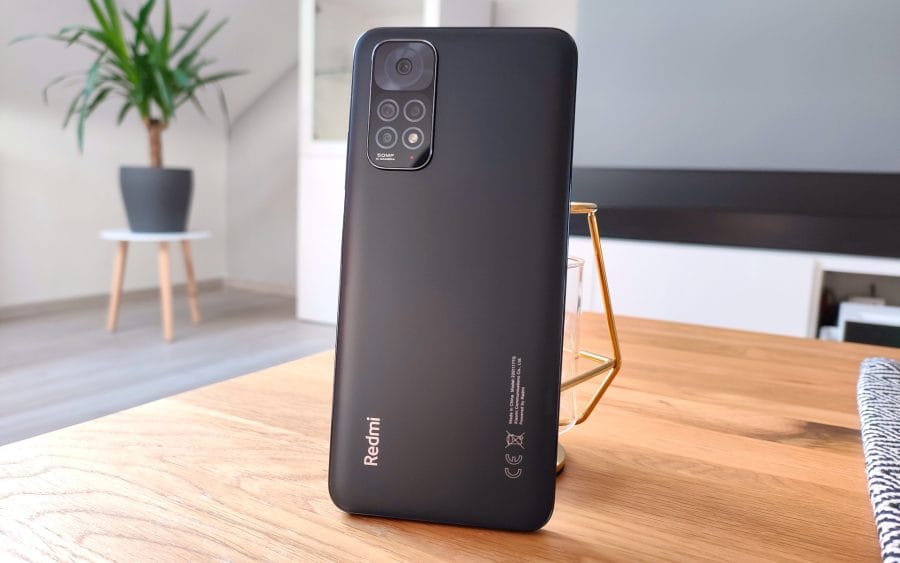




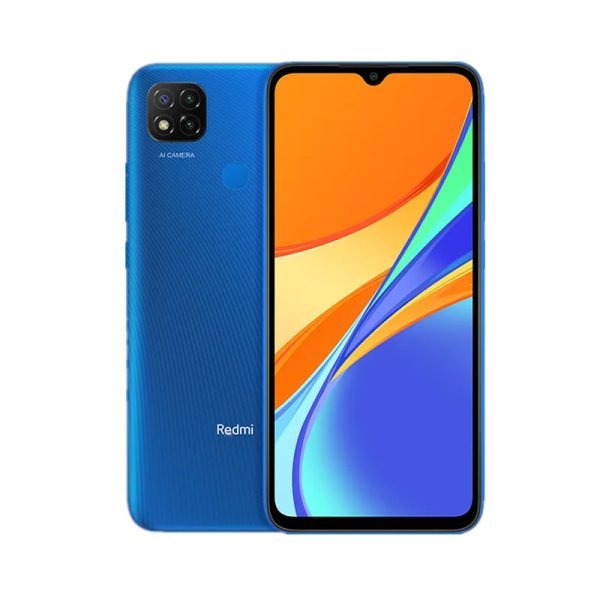
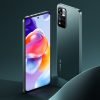
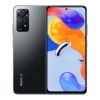

Jen_O
19. February 2022 14 to: 25
Great test, thank you! For me the most interesting smartphone of the series. The display and the software are the reasons for me to say that I will buy my mum's Redmi Note 11. Cameras are no longer a reason to buy anyway. Under 200€ it's all the same.
Manni
20. February 2022 19 to: 18
How can I tell if it's the version with NFC?
Timo admin
21. February 2022 11 to: 32
Hi Manni, most shops write that. At Goboo, for example, you get the Redmi Note 11 with NFC. It's also there in the title of the product page.
You can also tell the difference by the model number. The model with NFC has the 2201117TY. Our test device without NFC has the 2201117TG. The 2201117TI model should also be without NFC.
Manni
27. February 2022 22 to: 53
Thanks again, ordered from Goboo and got the version with NFC. According to the settings it is the 2201117TY. After 4 days the smartphone was already there. So far I'm satisfied. 🙂